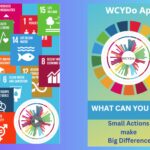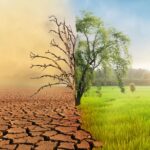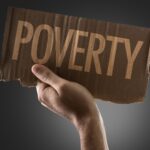Dear Mankind and most favoured of my children
You will recall my earliest blogs ( Mother Earth blogs ) welcomed the Global initiative to develop the Sustainable Development Goals ( SDGs) to help create a safer and fairer world and I was happy that Mankind had at last understood the need to live more sustainably and harmoniously with other living things on this, our only, home. Some good progress was starting to be being made in some areas but sadly most of this encouraging activity was brought to an abrupt halt or in some cases, even reversed by the COVID 19 Pandemic.
This blog on SDG 16 – Peace, Justice and Strong Institutions is the next in a series of updates to review the effects of the COVID 19 Pandemic on the aspirations and targets of each of the original 17 SDGS and to look ahead to the prospects in each sector.
The world remains a long way from achieving Global peace and inclusive societies. Hundreds of millions of people are living in fragile and conflict affected zones. At the end of 2020 about 1% of the Global population (82.4 million) have been forcibly displaced as a result of persecution, conflict or generalised violence. The COVID-19 pandemic has exposed and intensified inequality and discrimination and has disproportionately affected the most vulnerable people worldwide with children especially at high risk. The pandemic through school closures and economic distress has intensified children’s risk of exploitation including trafficking and child labour. Globally in 2018, 1 in 3 trafficking victims were children. Child labour rose to 160 million in 2020- the first increase in 2 decades . Of the trafficked victims detected in low-income countries half were children and girls are primarily victims of sexual exploitation (72%) and boys normally used as forced labour (66%)
At the start 2020 the number of children engaged in child labour ( not including bonded or force labour or sexual exploitation) totalled 160 million comprising 63 million girls and 97 million boys. This is almost 1 in 10 children worldwide and nearly half of the children ( 79 million ) were engaged in hazardous work. COVID-19 threatens to push an additional 8.9 million children into child labour by the end of 2022 as families have to send children out to work in response to job losses and family income losses. Overcoming corruption is critical to sustainable development yet it is common in many places to be asked to pay bribes and 5 times more likely to be needed in low-income countries adding extra pressure on families .
Since 2015 the killing of human rights defenders, journalists and trade unionist have been reported in over one third of UN member states. These deaths continued despite the Pandemic but by 2020 , 82 countries had independent National human rights Institutions
(NHRI ) that successfully achieved compliance with international standards – a 17% improvement from 2015. One and three Less developed countries DCs also now have an internationally compliant NHRA compared with just one and five in 2015 so there is some scope for optimism on this issue
Mother Earth
Sources : extracted from The Sustainable Development Goals Reports 2019 -2021 , United Nations, New York







